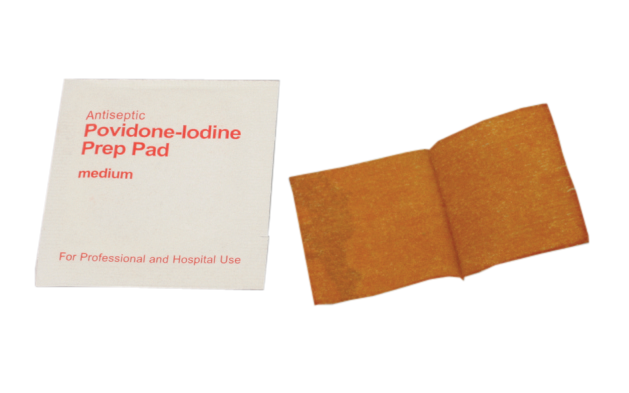
Povidone Iodine Prep pad
Povidone-iodine prep pads are an effective way to decrease germs in minor cuts and scrapes. They prevent leakage, drying out the skin, and make you feel more comfortable before an injection.
Povidone-iodine (PVP-I) prep pads are small, absorbent pads that are soaked in a solution of povidone-iodine.
PVP-I is an antiseptic that is used to cleanse the skin or mucous membranes before surgery or other medical procedures.
PVP-I prep pads are used to cleanse the area around a wound or incision.
They may also be used to cleanse the umbilical cord stump of a newborn baby.
PVP-I prep pads are available over-the-counter and online.
Povidone iodine prep pads are small pads that are soaked in a solution of povidone iodine. They are used to cleanse the skin prior to injection or surgery. To use a povidone iodine prep pad, simply remove it from the packaging and apply it to the area of skin that will be injected or operated on. Allow the pad to remain in place for at least 30 seconds. You may then proceed with your injection or surgery. Povidone iodine is a powerful antiseptic that kills bacteria and viruses. It is safe for use on the skin and has very few side effects. Povidone iodine prep pads are an easy and convenient way to cleanse the skin prior to injection or surgery.
Povidone-iodine is an antiseptic that is used to prevent infection in minor cuts, scrapes, and burns. It is also used to disinfect equipment and surfaces. Povidone-iodine prep pads are single-use pads that are soaked in a povidone-iodine solution.
Povidone-iodine can cause allergic reactions in some people. If you develop a rash or other symptoms after using povidone-iodine, stop using it and see your doctor.
Pregnant women should not use povidone-iodine prep pads. Povidone-iodine can be absorbed through the skin and may be harmful to the developing baby. If you are pregnant or breastfeeding, talk to your doctor before using povidone-iodine prep pads.
Do not use povidone-iodine prep pads on open wounds or on broken skin. Avoid getting the solution in your eyes, nose, or mouth. If you do get povidone-iodine in your eyes, rinse them with water for 15 minutes and see your doctor.
There are different dosage recommendations for povidone-iodine prep pads, depending on the intended use. For example, the recommended dose for cleansing the skin before surgery is 10-12% povidone-iodine. This can be achieved by using a pad that contains at least 1% available iodine. For sterilizing wounds, the recommended dose is 2% povidone-iodine. This can be achieved by using a pad that contains at least 0.4% available iodine. Povidone-iodine prep pads can also be used to disinfect surfaces. The recommended dose for this use is 0.5% povidone-iodine. This can be achieved by using a pad that contains at least 0.1% available iodine.